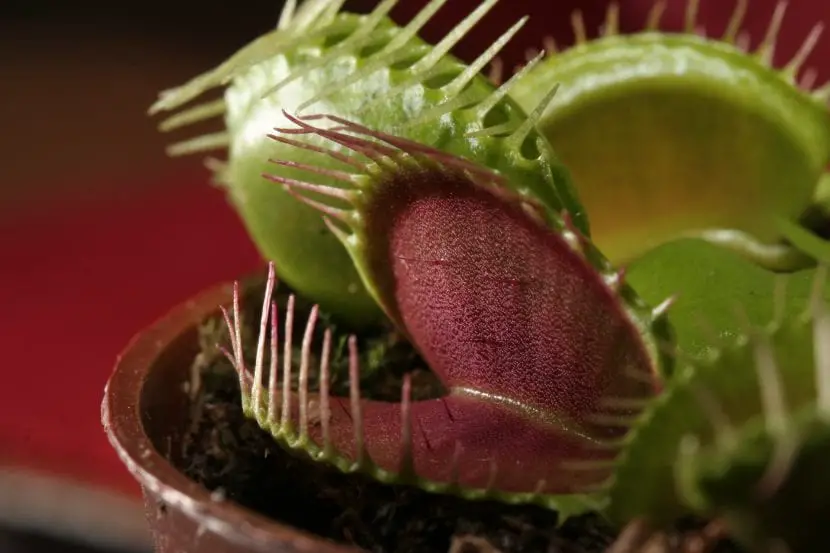
When we think of carnivorous plants, a particular species immediately comes to mind, the Dionaea muscipula. Known as Venus flytrapproduces traps that are nothing more than modified leaves perfectly designed to catch any insect that, inadvertently, touches the hairs that are inside.
Plants generally move on a timescale much slower than we are capable of perceiving, but these traps, closing in seconds, have made the Venus flytrap one of the most cultivated carnivores in the world. But why?

The Dionaea muscipula It is a carnivore that lives in swamps and wetlands of the southeastern United States, found mainly in North Carolina and South Carolina. It grows in rosettes that do not rise much from the ground, no more than four inches. Each leaf is made up of two lobes on the inside of which there are three hairs that are very sensitive to the touch.
If a possible prey touches two hairs at the same time, or one and again another in less than twenty seconds, the trap closes automatically. How does the carnivore do it? The mechanism is still not very well understood, although it is known that when touching the sensitive hairs an action potential is generated which spreads through the lobes of the trap and stimulates both its cells and those of the central vein.

When the insect cannot escape, the trap will close more and more until a “stomach” is formed in which digestion will take place. During the process, digestive enzymes will digest the fleshy parts of the insect, leaving only the ‘shell’ of the prey after ten days of digestion. This shell will be made of chitin, a very light substance that the wind can easily carry away, leaving the trap ready for a new hunt.
But the Venus flytrap also has a treat for insects: the nectar of its flowers. Each spring, stalks about six inches long sprout at the end of which beautiful white flowers sprout made so that pollinators can feed themselves and, incidentally, perpetuate the species of this incredible carnivore.

